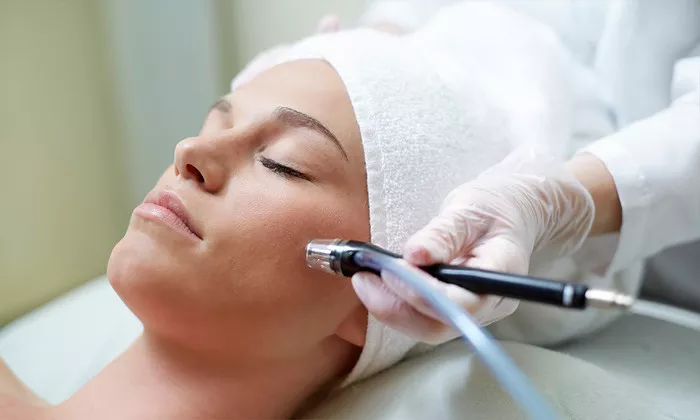Microdermabrasion is a popular skincare technique used to exfoliate the top layer of the skin, revealing a fresher and smoother complexion. While it’s commonly performed in professional spa and dermatology settings, many people also opt for at-home microdermabrasion treatments to achieve similar benefits. However, one of the most frequently asked questions in the realm of at-home microdermabrasion is, “How often should I perform this procedure for optimal results?” In this article, we will explore the factors that influence the frequency of at-home microdermabrasion, considerations for various skin types, and tips to ensure safety and effectiveness.
Understanding At-Home Microdermabrasion
At-home microdermabrasion typically involves the use of specialized devices that employ fine abrasive materials or diamond-tipped heads to gently exfoliate the outermost layer of the skin. This process not only removes dead skin cells but also stimulates collagen production, which can lead to improved skin texture, reduced fine lines, and an overall healthier complexion.
Frequency Factors
The ideal frequency of at-home microdermabrasion can vary from person to person and depends on several key factors:
Skin Type: Different skin types have different tolerance levels for exfoliation. Those with sensitive skin may need to space out their treatments more than individuals with normal or oily skin.
Microdermabrasion Intensity: The intensity of the microdermabrasion treatment plays a significant role. High-intensity treatments may require less frequent use, while gentler options can be used more often.
Device Used: The type and quality of the at-home microdermabrasion device you use can affect how often you should perform the procedure. High-quality devices may offer more consistent results and require less frequent use.
Individual Goals: Your specific skincare goals also impact how often you should perform microdermabrasion. If you are targeting specific concerns like acne scars or fine lines, you may need more frequent sessions.
Skin Reaction: Pay attention to how your skin reacts after each microdermabrasion session. If you experience excessive redness, irritation, or peeling, you may need to reduce the frequency of your treatments.
General Guidelines for At-Home Microdermabrasion
While the ideal frequency of at-home microdermabrasion varies, here are some general guidelines to help you get started:
Start Slowly: If you are new to at-home microdermabrasion, begin with a lower intensity and gradually increase as your skin becomes accustomed to the treatment.
Perform a Patch Test: Before applying the microdermabrasion device to your entire face, perform a patch test on a small area to check for adverse reactions.
Follow Instructions: Always read and follow the manufacturer’s instructions for your specific microdermabrasion device.
Keep It Gentle: Avoid aggressive or overly frequent treatments to prevent skin damage or irritation.
Use Sun Protection: After microdermabrasion, your skin may be more susceptible to sun damage. Be sure to apply sunscreen daily to protect your skin.
Hydrate and Moisturize: After each treatment, apply a hydrating serum or moisturizer to keep your skin well-hydrated and nourished.
Consult a Dermatologist: If you have specific skin concerns or are unsure about the right frequency for your skin type, consult a dermatologist for personalized guidance.
Conclusion
At-home microdermabrasion can be an effective way to rejuvenate your skin and achieve a smoother, more youthful complexion. However, the frequency at which you should perform this treatment depends on various factors, including your skin type, the intensity of the treatment, and your individual goals. To maximize the benefits and minimize the risk of adverse effects, it’s essential to start slowly, pay attention to your skin’s reaction, and follow best practices for safe and effective at-home microdermabrasion. Consulting a dermatologist for personalized advice can also be beneficial in creating a tailored skincare routine that suits your unique needs.


